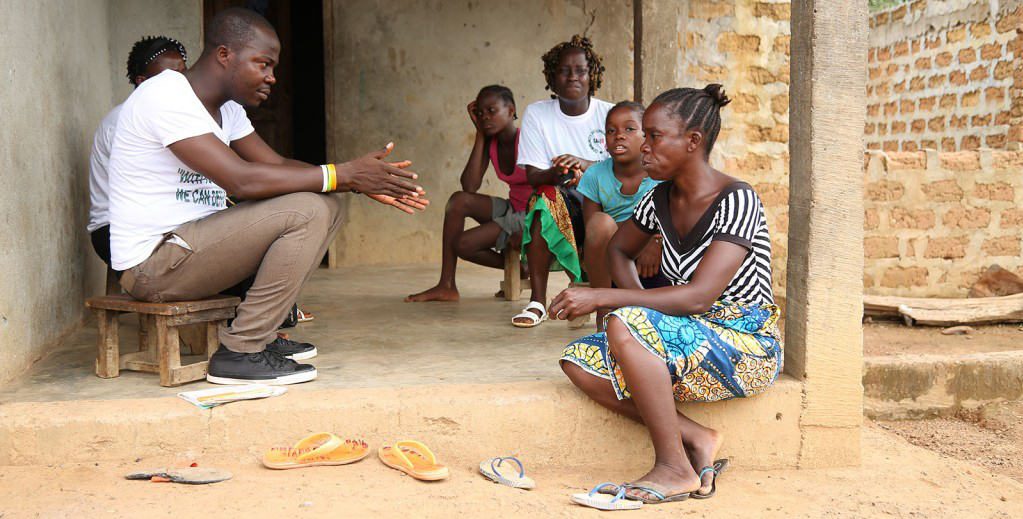
FROM RAPID RESPONSE IN HEALTH EMERGENCIES TO MAKING MEANING OF DISEASES THAT EVOLVE OVER TIME
Information is a critical component of effective responses to health crises, emerging pandemic threats and chronic disease scenarios: in health emergencies and disease flare-ups, people have an urgent need for accurate and timely information to make informed decisions in what are sometimes life-threatening situations. Everywhere, people also face ongoing health concerns that present a threat to their well-being. HIV has been a lingering burden, but the science is dynamic with policy options that save lives. Journalists need to understand and translate the evolving science. Internews’ emergency information work in disease flare-ups is informed by a decade of experience in humanitarian response in natural disasters and conflict settings. We are also well equipped to provide a media response to slow burning health crises that are an ongoing threat to well-being and development. Over 30 years’ specialization in media training and mentoring for impactful storytelling qualify us to help partners make sense of disease and disease interventions.
EMERGENCY RESPONSE
In Public Health emergencies those who are affected have an acute need for information; people seek to understand their risks. Rumor and inaccurate information quickly spread by word of mouth and social media to corrupt public health messages. The result: information chaos. Internews helps people navigate the chaos – health providers and communicators quickly open channels of dialogue with the communities they serve, rather than simply transmitting “one way messaging”. Internews Information Ecosystem Analysis toolkit evaluates key community information dynamics: how people source, share and use information. The surveys always point to the importance of trusted sources of information. Two-way communication strategies cut through rumor and provide timely, verified information on trusted platforms – a direct response to the information needs of affected people. We support local media in emergencies to first understand the situation as it unfolds, then provide a nimble response – information as aid.
CHRONIC HEALTH CRISES: COVERAGE FOR THE LONG HAUL
HIV, malaria, TB and infant mortality are not new. Poor sanitation has burdened poor communities for centuries. Sexual health and sexuality issues are part of the stuff of being human. Issue based stories found in global health crises like HIV and endemic malaria and in risky reproductive health practices require the kind of storytelling that will keep media audiences engaged over time. Such stories can reignite interest in research initiatives and disease management, provoke a visceral emotional response, or provide evidence-based solutions that invoke action from authorities.
In Kenya, Internews worked for more than a decade with the media to develop a comprehensive and sustained media response to public health concerns, setting what has been referred to as the “gold standard” for health journalism training. A Story a Day. Media as preventive tool in public health captures highlights from this classic long term media development intervention, where journalists win international awards and gain the respect of scientists and senior health officials. In 2017– 2020, Internews is working with AVAC (Global Advocacy for Aids Prevention) to strengthen health journalism networks across Sub-Saharan Africa, to translate the increasingly complex science of HIV for citizens.
The investment in public health reporting is a sustainable one: journalists and editors who have developed a passion for health issues, continue to write and publish independently, they produce earned media – not paid media – which is credible and locally owned and embraced. Media houses that work with Internews typically find that health stories earn prized brand status among audiences.